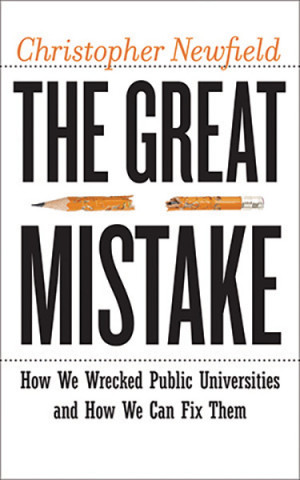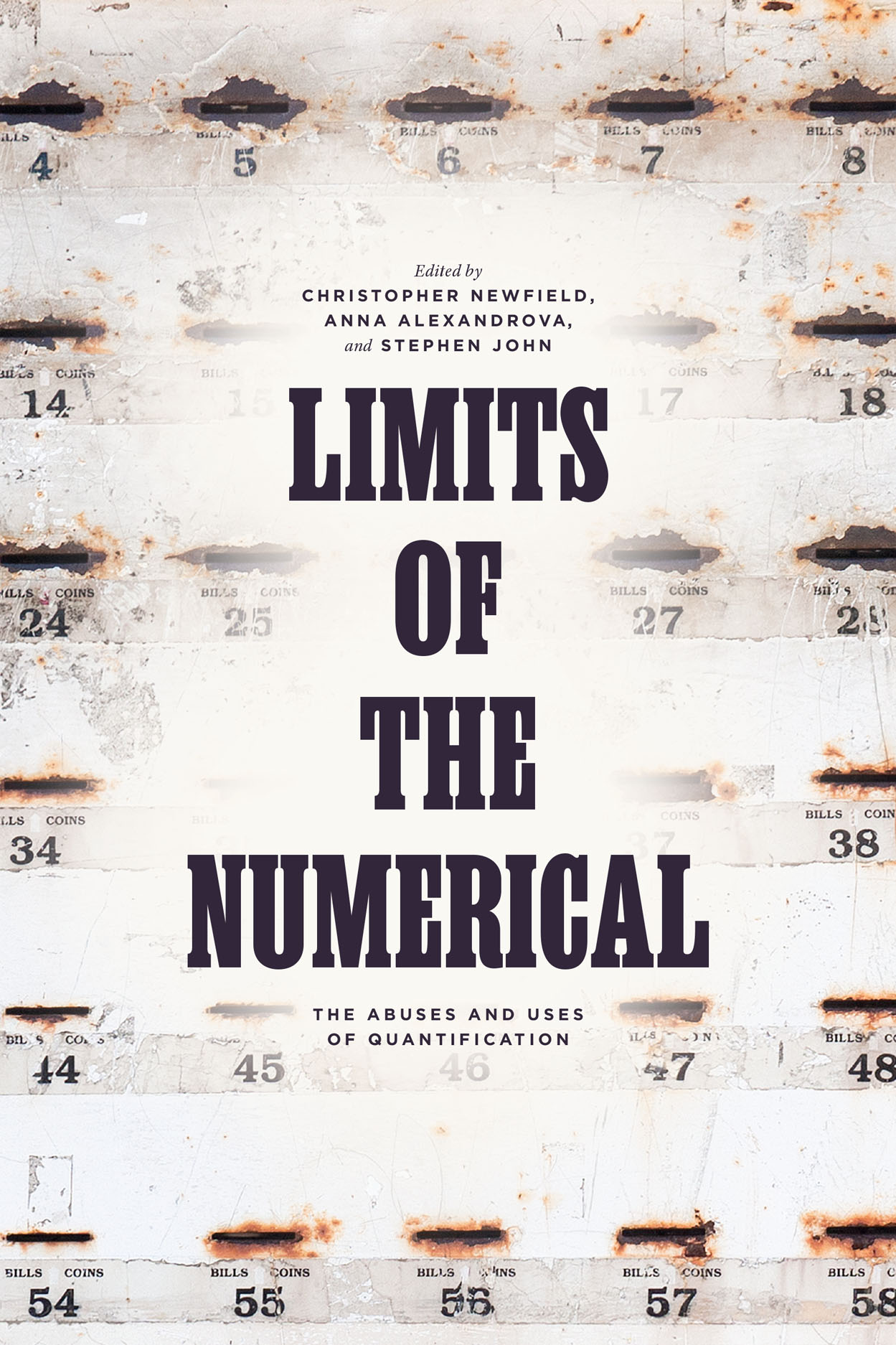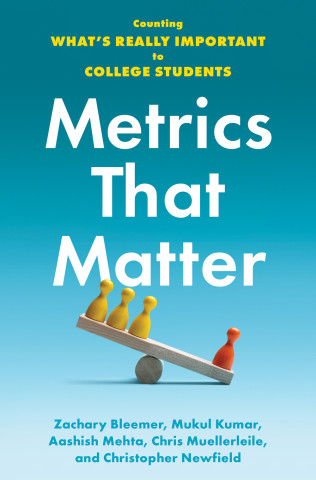by Catherine M. Cole, Professor of Theater, Dance and Performance Studies, UC Berkeley
Violence breeds violence. And that's why we must never tolerate violence at the university.
UC Berkeley’s recent pattern of violence started on November 20, 2009. The perpetrators were heavily armed police who assaulted unarmed bystanders located in a zone of free speech. These bystanders--unlike those who seized rooms in Wheeler Hall--were not doing anything illegal at all.
The Police Review Board’s (PRB) investigation into this incident should be read by all Berkeley faculty and Administrators:
The PRB report presented two overlapping theories of what went wrong that day.
One theory placed blame with the “miscalculations, missteps, and inaction -- by both the police and the Administration – [that] converged to convert an animated but essentially non-violent protest into a raw power struggle between demonstrators and police.”[1] The second theory focused on the protesters outside who, while largely peaceful, where nevertheless infiltrated by a “smaller, more calculating (but perhaps no less sincere) group” that “set out to instigate confrontations with the police – to engineer challenges to their authority and to erect obstacles to their plans in order to provoke them into high-visibility over-reactions that could be used to inflame the crowd and escalate its aggressiveness" (10). After acknowledging that there is some truth to both theories, the report advances a third claim:
"After studying the roles of the demonstrators, the police, and the Administration, we realized that, on November 20th, all three shared one significant and dysfunctional characteristic. In ways we detail in our narrative, each of these groups was ‘center-less’ for much of the day. To the extent this characterization is accurate, the shapelessness of the story, and the virtual randomness of some of the actions by which it was marred, can be understood as byproducts of the interplay (sometimes collisions) between three center-less spheres" (11).
That the Police Review Board deemed a student crowd fueled by anger over rapidly escalating tuition and fees to be “center-less” and thus vulnerable to manipulation by a few deliberate agents is hardly damning: these were students, after all. They hold little power, were not bearing arms, and are not responsible for having a coherent underlying political structure. However, that the PRB found the Administration of the nation’s preeminent public university to be “center-less” in fulfilling its foundational duty of ensuring a safe campus is a far more damaging accusation. Given the Administration’s responsibility for the campus, its internal operations and discipline, the Administration must accept full responsibility for the consequences of a “center-less” environment on our campus that day. It was therefore deeply dismaying to see that in the Administration’s response to the Police Review Board’s findings, the closest it came to accepting culpability for what happened on November 20 was to say: “We accept responsibility for the assessment of the administration’s shortcomings on this day”—which is only to say, literally, the administration took responsibility for having commissioned the Police Review report (Admin response to PRB).
The aftermath Wheeler November 20, 2009 was then followed a few weeks' later by more violence--retributive violence in the form of an attack on the Chancellor's house. This violence was both predictable and dismaying. The result: property damage. The resistance movement also forfeited the one source of power it had: the moral high ground--even if it was only a small faction of that movement along with rogue non-affiliates who perpetrated that deed. It also lost the sympathy, respect and participation of many faculty.
Similar actions of vandalism transpired in February 2010 when a small group seized the renovation site of the historic Durant Hall, smashing windows, tagging it with graffiti, and then later continuing with a chaotic and destructive wilding escapade on Telegraph Avenue (see Lee Finnegan coverage). The center-lessness of both student activism and the Administration, as well as the escalating nature of the actions and confrontations pulled faculty into a reactive, mediating role, whether we wanted to play that part or not.
And then on November 9, 2011, the Berkeley Administration once again lit in to unarmed student protestors with violence, this time whacking them full force with truncheons, cracking ribs, bruising bones, and throwing unarmed students, faculty, poet laureates and their loved ones to the ground. Where as activists have tended to perpetrate violence against property, the Administration has consistently perpetrated violence against bodies. But violence is a cycle, not a competition.
In light of this cycle of violence at Berkeley, it makes the recent UC Davis student protesters skillful and committed use of non-violence all the more impressive (e.g. Kristin Stoneking). And it makes the ignorance of the practice and history of non-violence by Berkeley’s administration all the more shameful.
The way to stop violence is through the practice of nonviolence. What is needed at this moment is restorative justice. Whereas retributive justice seeks vengeance, restorative justice seeks to repair the harm caused by crime. Restorative justice restores the humanity to both the victim and the perpetrator. It is within UC administration's power to be an agent of restorative justice and nonviolence.
The teacher is responsible for setting the tone of the class. Likewise the Administration sets the tone for the campus. The tone that has been set since November 20, 2009 has been a trigger-happy resort to riot police and an utter failure to engage in any kind of meaningful dialogue.
Another way is possible. The PRB report provides a script (119-122). The Administration should proactively convey to peaceful demonstrators that it wants “to learn what their message is and to learn their perspective on the issues that concern them.” Show respect. Do so by initiating communication and being visibly present. “By being visibly interested we communicate that we see the speaker as someone capable of teaching us something and we acknowledge the speaker as sharing a connection or commonality with us at a fundamental level. Demonstrating an interest in listening to others also evidences an openness of mind that is central to the mission of the University and that might be essential to inspiring others to have confidence in our leadership.”
The Administration’s failure to engage in dialogue and meaningful conversation can be dated back to the September 24, 2009, the State-wide “Walk Out.” Over 5,000 students, staff and faculty on the Berkeley campus turned out for this event, a day that seemed to inaugurate of new level of grassroots and broad-based activism throughout all segments of higher education, from the vast community college network to the more rarified strata of the elite UC’s. Such sizable crowds had not been seen on Berkeley’s historic Sproul Plaza over 40 years. And never before had the three segments of California’s higher education mobilized to this degree around a common cause. Berkeley’s rally on that glorious September day culminated in an exuberant procession through the campus and the streets of Berkeley, with colorful improvisational protest actions along the way. The massive mobilization of students--powerfully fueled by the rocket booster of Twitter, Facebook and tiny URL’s--gave many of us hope and inspiration, even in the face of the long entrenched problems we face in California.
Of the September 24 Walk Out, Berkeley’s Chancellor Robert Birgeneau told the New York Times: “We are operating on the assumption that the state’s disinvestment will continue,” a statement that echoed the defeatist resignation heard so often heard from UC Office of the President. The Administration says it has done everything it could to try to persuade the legislature, but, in the now infamous words of UC President Mark Yudof published that very day, the “shine is off education,” for it had been “crowded out by other priorities.” Yet in September 2009 when thousands assembled on Sproul Plaza and, indeed, on campuses throughout the state, one couldn’t help thinking: Our leaders haven’t yet tried this: they haven’t yet tried to mobilize and harness the power, the populist strength, the sheer numbers of students, staff and faculty who are currently located within public higher education in California and who are prepared to take action to preserve their fine institutions.
UC Administrators weren’t on Sproul Plaza that day: they were locked way in their offices. Lower level staff peered out of their windows like captives as the parade of ebullient protestors passed through campus. When a reporter later asked UC President Mark Yudof where he was on September 24, he answered, “I actually think, I may have been out of town. Remember, I don't live on a campus. I live an ethereal life: no students, no faculty, no classrooms, no residence halls. I may have been out of town, I'm not sure" (see Buckwald, Daily Cal). While the large and peaceful protest actions of September 24, 2009 reverberated in the media and throughout the country and abroad, these actions did not touch the UC Administration, which seemed to be located in some parallel universe, a kind Bermuda triangle somewhere between Bancroft Avenue and downtown Oakland.
After the September 2009 Walk Out, the UC Berkeley students grew frustrated with the Administration’s failure to acknowledge much less engage with their actions. It seemed the Administration had decided protestors were unworthy interlocutors. In order to make their demands heard, protestors turned up the volume. Illegal building occupations became the tactic of choice.
There is a way to stop this cycle.
To the Administration both at Berkeley and the Office of the President I say: leave your bunkers and come talk with us. Do so regularly, with an open mind, in person and without a police escort. Why not begin by holding regular office hours in public spaces on our campus in the coming weeks and months?
Rank Smell
17 hours ago




8 comments:
Regarding property damage at the Chancellor's residence Cole says "This violence was both predictable and dismaying." and consequently "[The resistance movement] also lost the sympathy, respect and participation of many faculty."
If this truly was "predictable", then faculty would not have supported the movement to begin with as they would have foreseen defacement of property in the near future...
Cole conspicuously fails to mention pertinent details of this incident and aftermath. The arrests resulted in booking on 7 felony counts each, yet the DA quietly declined to prosecute any of the charges in early January. Add to that the administration's long but unfruitful crusade under the code of conduct against the 2 students involved, and the UC's violation of CA landlord/tenant law (wherein these students were evicted illegitimately from their homes) followed later by Poullard's ill-conceived admission to that last allegation.
These well documented facts, omitted by Cole, establish the administration to be petty, vindictive, willfully violative of the law, and uninterested in just outcomes or processes (conduct hearings featuring evidence the DA knew was worthless, and denying students' right to representation by council - the later violates CA law yet remains UC policy to this day).
In short the administration is incapable of acting in good faith and Cole should know that by now.
No question about it: the bunker mentality is an equal opportunity employer. But fortunately it's not the only employer in town: http://www.mettacenter.org/nv/nonviolence/intro
Prof. Cole: Your assignment is to visit the front lines of the next Cal student protest (yourself!) to learn the difference between smashed ornamental pottery on the chancellor's portico and the police-smashed fingers on a grad student's hand.
"Where as activists have tended to perpetrate violence against property, the Administration has consistently perpetrated violence against bodies. But violence is a cycle, not a competition."
I know you may be woefully misinformed (I mean you cited the PRB which everyone on campus knows is a joke, including actual organizations that deal with law like the ACLU), but you have OBVIOUSLY checked out after your beautiful rally was taken over November 2009 by real direct action (that actually accomplished something! imagine that!).
The great rally you talk about had little to NO effect on policy, infact the governor said that the direct action, occupations and marches were why they restored money to our budget (which hasnt happened last year and wont happen this year. not surprisingly, this coincides with the lack of real protest and action until OccupyCal).
If you had been around and been taking active part in trying to engage the students you throw under the bus (way to express solidarity with the organizers who have worked for 3 years for the Occupy movement to finally become what it is. You know "occupy everything" was popularized by the "violent" activists you demean right?)
Despite all of this, your final statements show your failure to understand how the sovereign power of the university works and how their neo-liberal discipline has even corralled you into a corner of submission: "To the Administration both at Berkeley and the Office of the President I say: leave your bunkers and come talk with us. Do so regularly, with an open mind, in person and without a police escort. Why not begin by holding regular office hours in public spaces on our campus in the coming weeks and months? " People have been asking for months, for years, to dialog. People sat on the roof of Wheeler Hall and could not get time to talk to them. Thanks for you reactionary statements as you continue to throw the position of the student and professor further down the dark hole that is the UC Administrative Oligarchical Power and Privatization.
-4th year undergrad
Anonymous knows what everyone thinks.
Anonymous knows what everyone does.
Anonymous is so, well...
anonymous.
Join the Conversation
Note: Firefox is occasionally incompatible with our comments section. We apologize for the inconvenience.